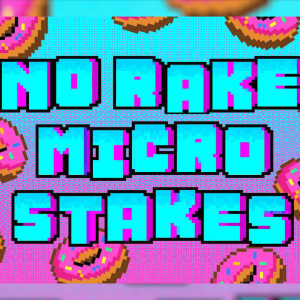Premium Poker Hands: How to Handle the Best Starting Hands
7 years agoSponsored

30 Aug
Whether you’re an intermediate poker player looking to fine-tune your gameplay or a complete poker novice, understanding how to play the best starting hands is crucial to winning long-term at the tables. A solid starting hand selection is one of the fundamental building blocks of any winning poker strategy. The good news is it’s not rocket science either. It’s a case of playing the best possible hands at your disposal and folding the ones that aren’t so good.
The Top 2 Percent of Starting Hands
It’s a good idea to break the starting hands down into different phases. Phase one is the top 2 percent of starting hands, which are those that can provide you with significant leverage pre-flop. Such include cards like the AA, KK, QQ and a suited AK. The latter is considered equally as valuable as pairs of aces, kings and queens because this makes it more likely for you to land a flush — and the best possible flush at that.
Professional poker player Isabelle “No Mercy” Mercier has recently started a series of articles offering guidance on how to extract the most value from premium poker hands as possible in both short-handed and full-ring play. Mercier believes that the top 2 percent of starting hands are quite strong in short-handed games and that it’s critical to extract the maximum amount of value from these hands as possible. Beginner players will often be too scared to raise as they don’t want to put opponents off and make them fold, missing out on a sizable pot.
However, this doesn’t make sense for two reasons. Firstly, if opponents always muck their hands each time you bet or raise, it’s because you’re deemed a tight player and aren’t raising enough using other hands. Secondly, if you let too many players into a hand, your premium AA hand could easily be outdrawn by a small pocket pair if it hits three-of-a-kind on the flop. Ergo, don’t be afraid to get aggressive, not only with your premium hands but when you are in position, i.e., one of the last players to act on a hand and the furthest from the dealer button. Doing so gives you free information on the strength of most of your opponents’ hands before you even need to act.

Try Not to be Too Wedded to the Second Phase of Starting Hands
Then there is the second phase of starting hands, which include the AK off-suit, AQ suited, JJ, KQ suited, AJ suited, AK off-suit and a pair of tens. Although this clutch of starting hands is potential winners, they are by no means invincible. Play them strongly in position when others are displaying weakness and don’t be afraid to fold them if a dangerous flop or turn card appears.
Don’t Be Afraid to Mix Up Your Bets/Raises
While the above strategy for premium starting hands is a good starting point for beginners, it can become a little too predictable if you only wait for the absolute “nuts” before getting involved in a hand — you’ll scare off too many of your opponents. As you develop a feel for the game and your opponents, you might want to consider limping (calling) into pots, even with premium starting hands, especially if there are only one or two players. They might get a piece of the flop, but still be well behind your starting hand, giving you significant leverage to show strength with your next bets.






Comments
You need to be logged in to post a new comment